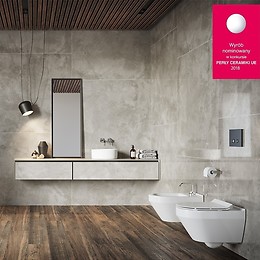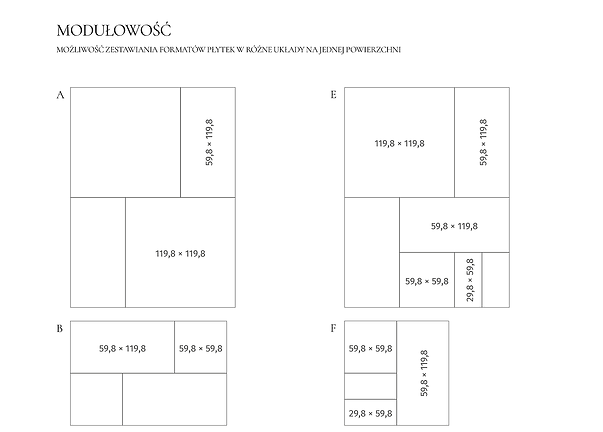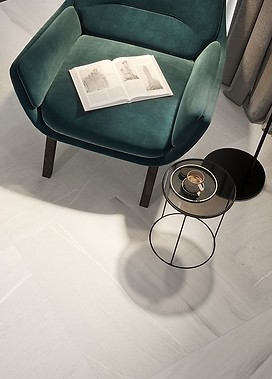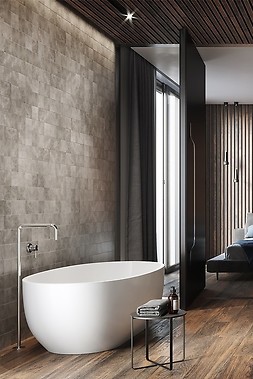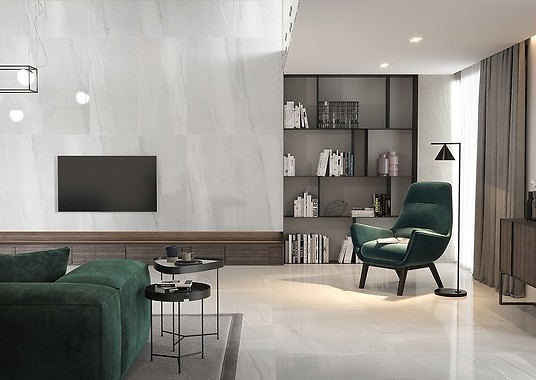
Trends
Creative fun with a format, or the potential of tiles in various sizes

A ceramic tile is a material that opens up very wide arrangement possibilities. If, in addition to its one pattern, we have several formats available - we can create truly unique compositions. Tiles in various sizes allow not only for an attractive display of a part of the room, but also for the optical shaping of the entire space. How do we change the interior using multi-format tiles?
Multi-format ceramic tiles can not only emphasise the character of the space. It is also an interesting way to visually widen or raise it or attract attention to a specific point of the interior. Square, rectangular, large format - tiles have many faces. However, how can we use the possibilities that manufacturers are offering us these days?

Decorative compositions
Combining several formats of the same tile is a great way to obtain an original, eye-catching decorative effect. With the help of decors or mosaics, we can create an attractive point in our interior. A combination created from more than two tile sizes in muted colours, e.g. on a wall, is a solution that works great, for example, instead of a painting or behind a bed head. If you are looking for wall arrangement ideas, you should consider the 3D effect. We achieve it by mixing tiles of various sizes and changing their position towards the depth in the wall. Creative fun with tiles is aided by the comprehensive collections offered by tile manufacturers. For example, the Opoczno Grand Concept collection includes not only basic tiles (in sizes from 30x60 to 120x120cm), but also matching decorations such as plinths, treadboards and narrow baseboards.
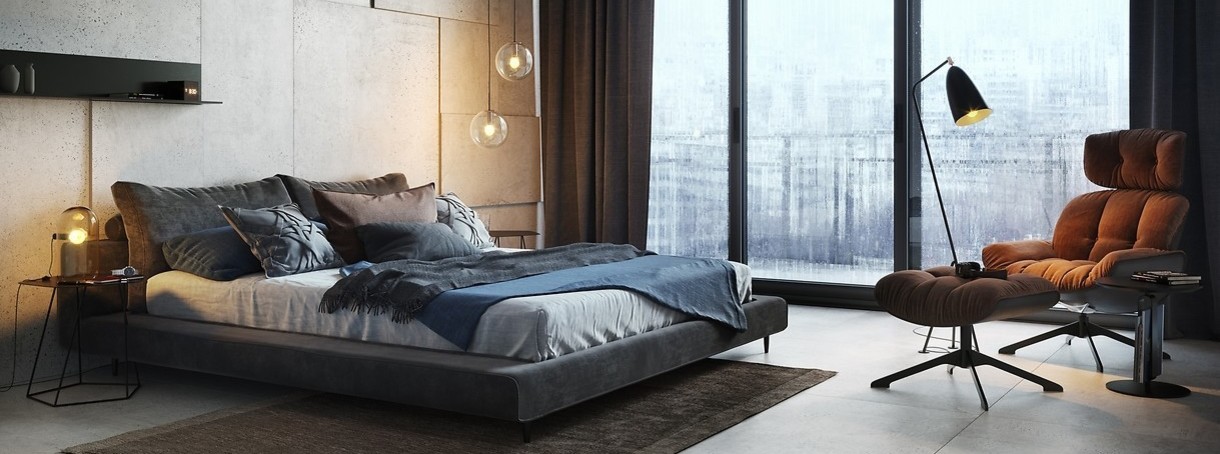
See Newstone tiles
The power of contrast
Tile collections consisting of several sizes of the same pattern create greater possibilities for the optical shaping of our space. Large formats - such as, for example, Opoczno gres tiles from the Grand Concept collection, with the size of 120x120 cm, create a uniform, coherent surface, thanks to which, for example, a bathroom will look visually larger. Such large-format tiles can be arranged, for example, on three walls of a room, giving it more breathing space, but the original idea would be to arrange the tiles in a small format on one of the walls - for example, behind a bathtub, in a recess or over a washbasin. Interestingly, small tiles allow us to hide possible defects and curvatures of the walls or the floor.
See Quenos Tiles
Modules
Tiles on the floor - in the living room, corridor or terrace - do not have to be uniform in terms of format. The modular arrangement or laying large, square tiles with an offset “forced” by a small square will also work in such spaces. Large-format tiles on the floor, in turn, will provide a uniform surface, thanks to the use of fewer tiles and the minimum width of the joint. The compilation of squares and rectangles, on the other hand, can create a composition that will significantly enliven the arrangement, for example in a bathroom.
It is worth noting that some manufacturers try to make life easier for their customers and show different arrangement patterns in their catalogues. Such suggestions can be found in the latest Opoczno catalogue for four Grand Concept collections, which include gres tiles inspired by stone (Grand Stone), raw concrete (Grand Concrete), warm wood (Grand Wood) and calm earth colours (Grand Colours).With different tile sizes, however, it's a good idea to plan the whole composition in advance, and before laying different tile formats on one surface, it is worth developing an additional plan for the concept being implemented.














































